Relations today between the United States and North Korea and between the two Koreas are poor, with no diplomatic or economic engagement and high levels of military tension and security risk. The North Korean regime, which remains impoverished, isolated and insecure, believes that the U.S.-South Korea alliance, with its far stronger diplomatic, military and economic posture, is indirectly if not actively pursuing an end to the regime’s existence. As a result, it has adopted an asymmetric approach through nuclear weapons to guarantee its survival and will continue wielding this program in the near, medium and likely long-term.
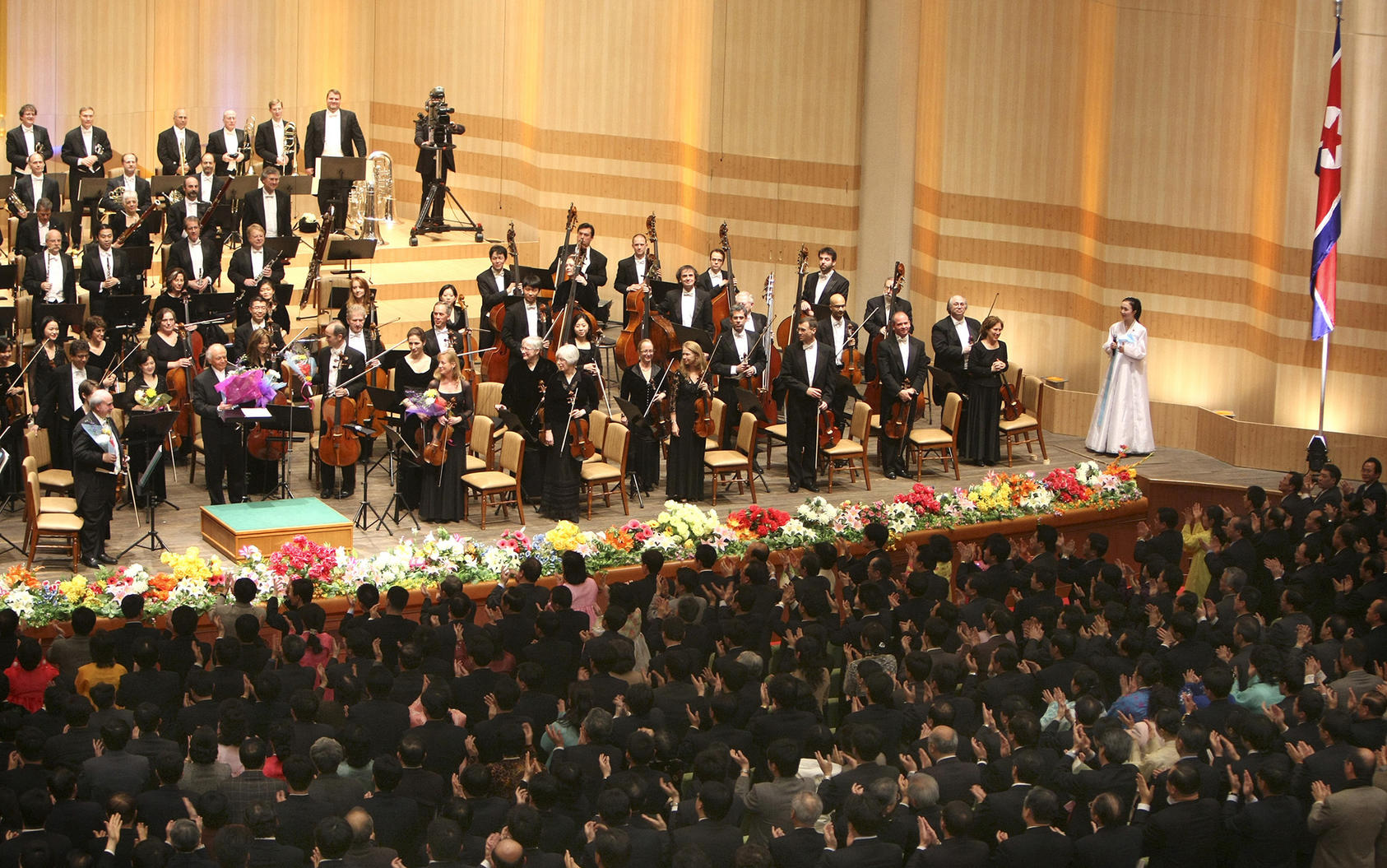
In response to the enduring North Korean nuclear threat, the United States has led the international community in reinforcing a pressure-based campaign against North Korea that involves diplomatic isolation, military deterrence and economic sanctions. While this type of approach has successfully deterred major conflict on the Korean Peninsula for the last 70 years, it has not changed North Korea’s defiant behavior, prevented North Korea’s military advancement, lowered security tensions, or improved mutual trust and understanding.
The current status quo is a dangerous, adversarial stalemate in which the two sides are not engaging to resolve disagreements but rather strengthening their military capabilities and posture in the name of deterrence, which is exacerbating a regional arms race and the potential for an inadvertent nuclear conflict. At the same time, the diplomatic estrangement is impeding the nongovernmental and people-to-people engagement that could improve the humanitarian and human rights crisis of the North Korean people.
USIP invited subject matter experts to offer creative perspectives on how the pursuit of peaceful coexistence with North Korea across the diplomatic, security, economic and people-to-people domains can help the United States and South Korea advance peace and security and reduce the risk of conflict on the Korean Peninsula in a tangible and realistic way. The essays in this series address, among other topics, risk reduction, arms control, health cooperation, joint remains recovery operations, economic assistance, a two-state system and climate change collaboration. These perspectives highlight an alternative to the current hostile stalemate that can reduce risks and advance peace in a more productive way.
Essay Series
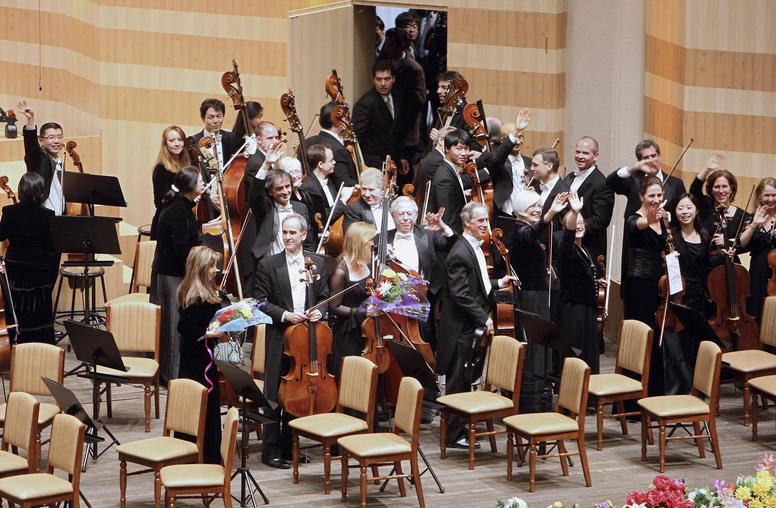
Increasing Information Access for the North Korean People
Sokeel Park discusses how knowledge-sharing and public diplomacy initiatives that challenge the North Korean government’s control over information can help facilitate a positive transformation of the country that improves security on the peninsula and in the region in a sustainable way.
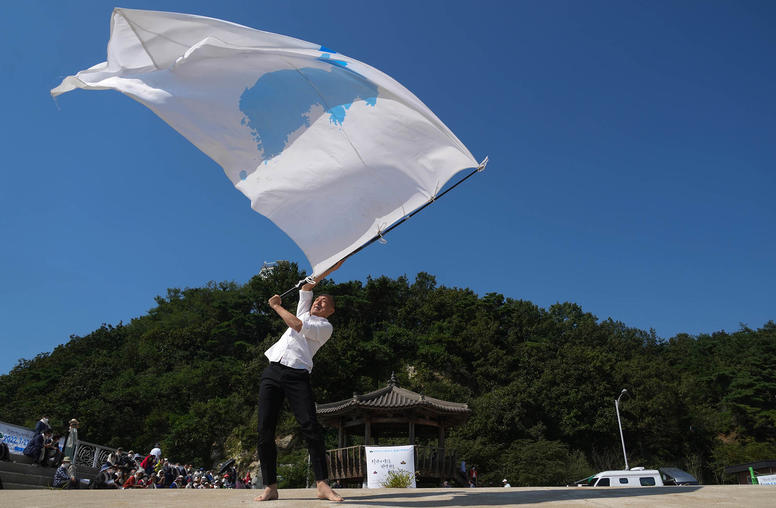
It’s Time to Resolve the Korean War
Dan Leaf argues that making resolution of the Korean War an explicit U.S. policy objective is a necessary first step on the road to peaceful coexistence with North Korea today and could reduce the risk of deliberate or accidental conflict.
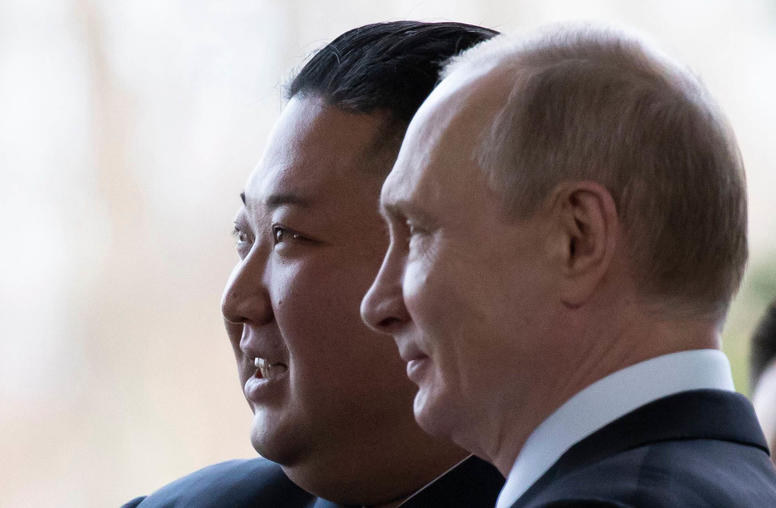
Three Conditions for Successful Engagement with North Korea
Mark Tokola writes that near-term U.S.-North Korea engagements that are win-win, founded on equality and not reliant on monitoring can spur incremental progress that leads to future broader agreements.
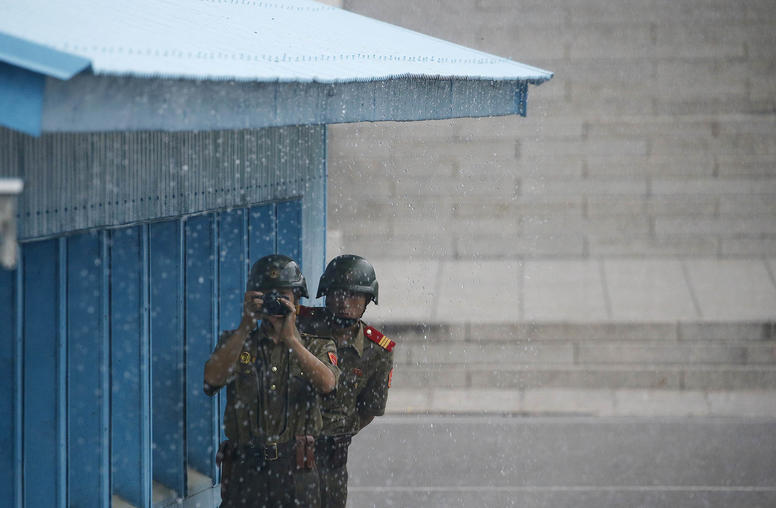
Building Trust through Health Cooperation with North Korea
Kee B. Park offers a new framework for sustaining health cooperation with North Korea based on humanitarian principles and a comprehensive, multi-year, multi-donor, and politically-protected approach.
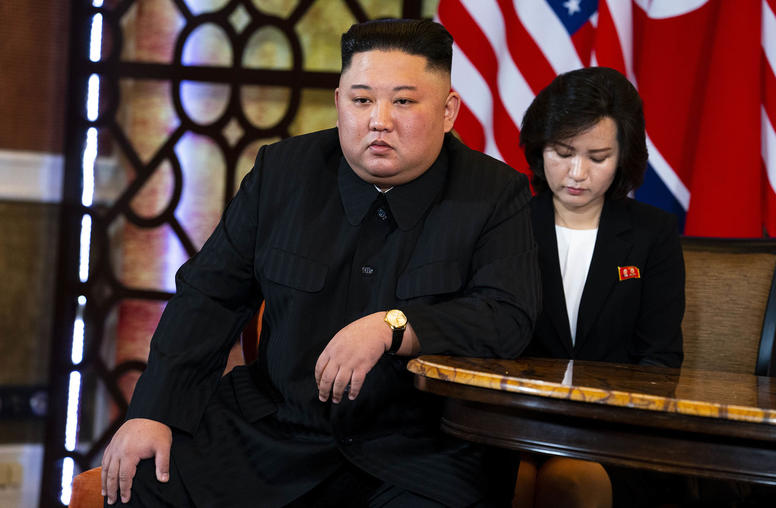
Climate Change as a Path to Engagement with North Korea
Troy Stangarone describes how cooperation on climate change, specifically related to reforestation and mitigation, could provide a pathway for U.S.-DPRK engagement.
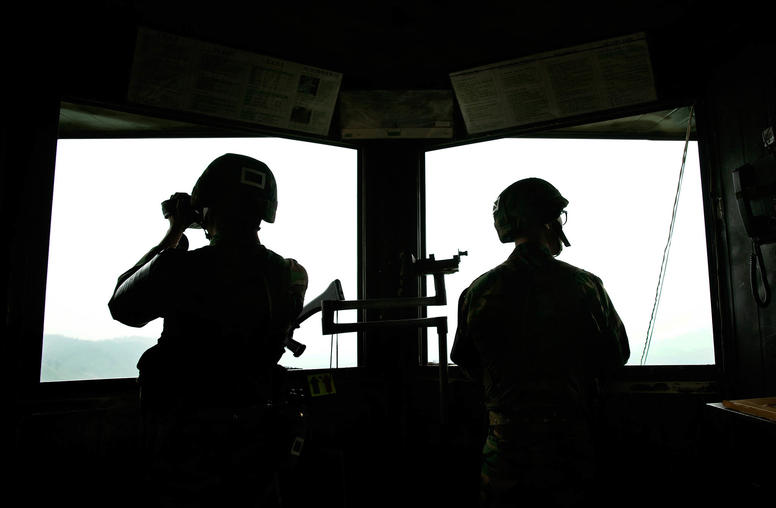
Increasing Stability in a Deterrence Relationship with North Korea
Adam Mount argues that the U.S.-South Korea alliance’s efforts to increase its military advantage over North Korea is producing a fragile standoff and that modest initiatives focused on North Korea’s tactical nuclear arsenal are the best way of moving beyond the standoff to a more stable peace.
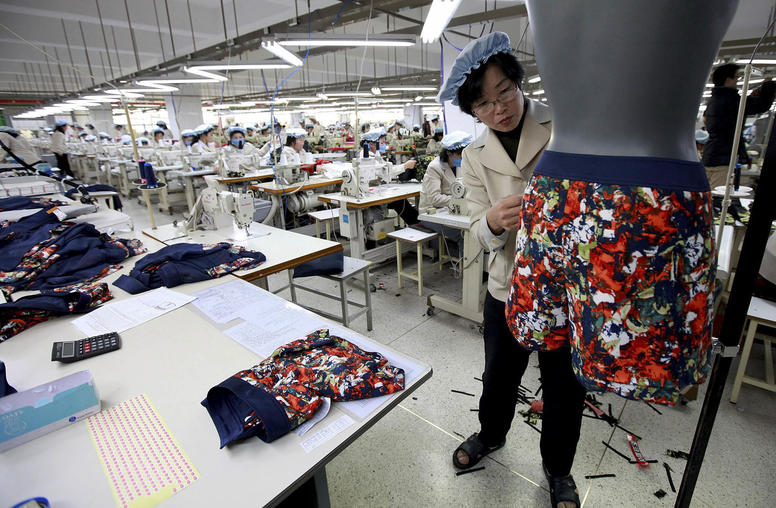
A Framework for Meaningful Economic Engagement with North Korea
Brad Babson argues that engaging economically with North Korea could help address its security and human needs and would be instrumental in finding a path forward for its foreign relations.
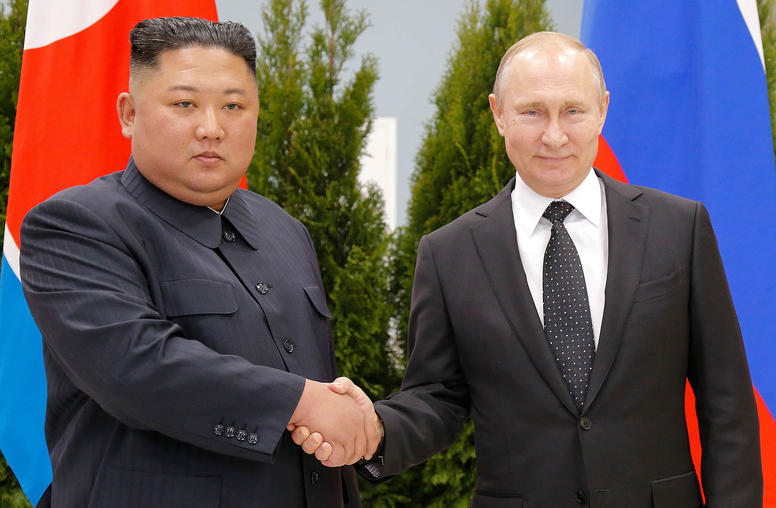
Why Calls for Regime Change in North Korea Can Be Counterproductive
Lauren Sukin contends that indirect U.S. support for North Korean regime collapse is counterproductive, fueling North Korea's desire to maintain its nuclear arsenal, and that U.S. messaging should reduce this perception.
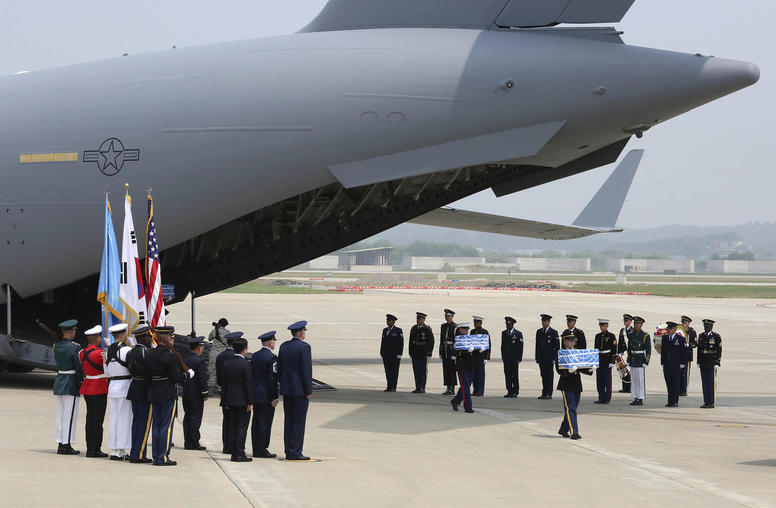
A New Approach to Recovering U.S. Servicemen’s Remains from North Korea
Donna Knox describes efforts to recover the remains of U.S. servicemembers from North Korea and suggests that NGOs taking the lead on this effort could sidestep, and eventually help overcome, U.S.-DPRK friction.
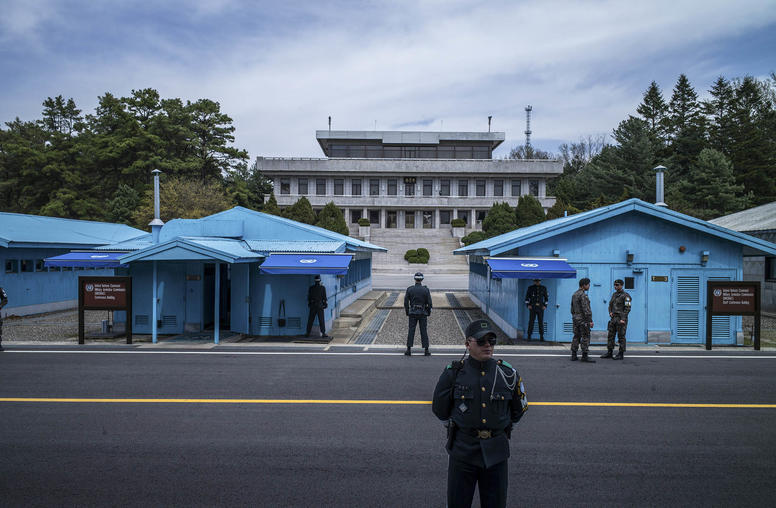
How to Reduce Nuclear Risks Between the United States and North Korea
Ankit Panda writes that coexistence with a nuclear-armed North Korea will require the proactive consideration of pragmatic risk reduction measures.
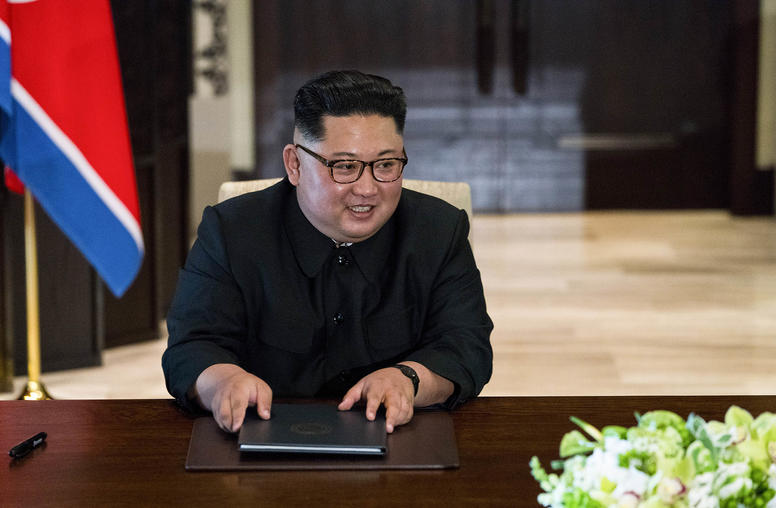
If You Want Peace, Prepare for War, and Diplomacy
Robert Einhorn underscores the limits of deterrence and argues for prioritizing risk reduction over denuclearization on the Korean Peninsula.
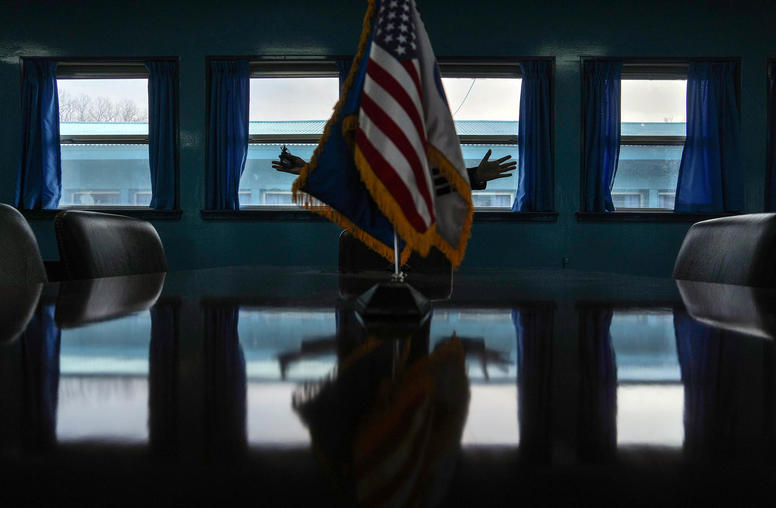
Revisiting the Two-State System for Peaceful Coexistence on the Korean Peninsula
Bong-geun Jun argues that advancing a two-state system can mitigate the unification competition between the two Koreas that is fueling tensions and impeding peaceful coexistence on the Korean Peninsula.
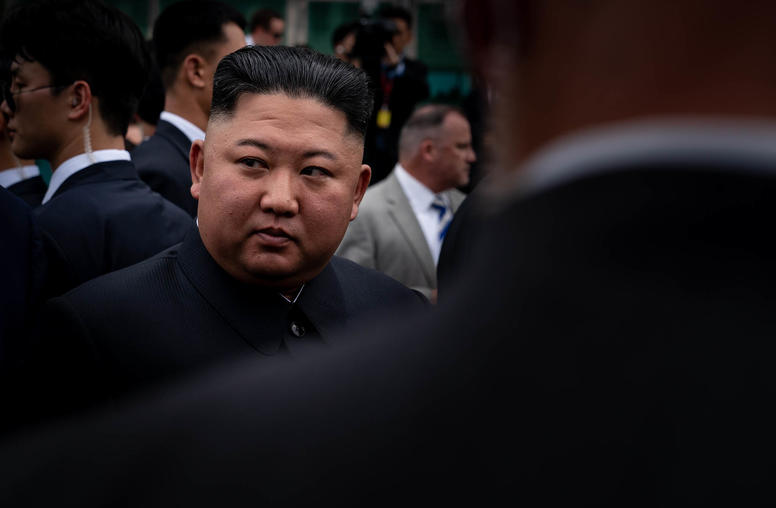
Seeking Peaceful Coexistence with North Korea: What Would Kennan Do?
Paul Heer analyzes George Kennan’s views on North Korea, how they might be interpreted today, the applicability of his view of containment and his support for diplomacy leading to peaceful coexistence.
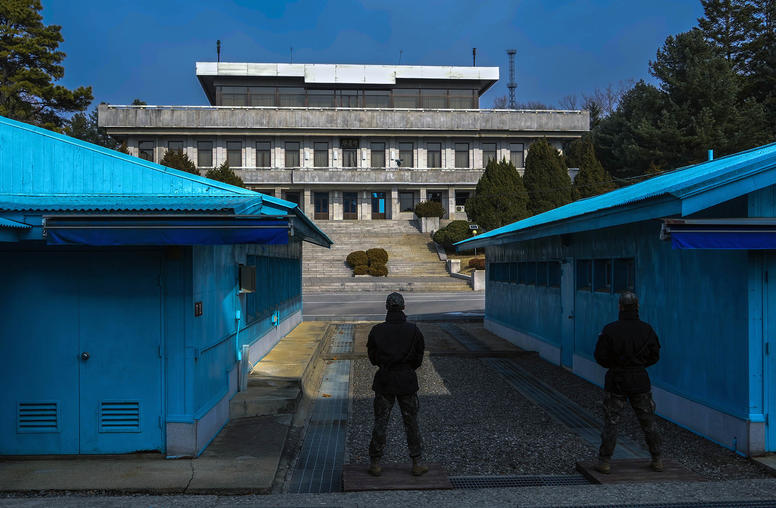
Exploring Peaceful Coexistence with North Korea
Frank Aum explores the concept of peaceful coexistence between the United States and a nuclear North Korea, arguing that the current status quo of hostility could lead to inadvertent conflict and that a new modus vivendi could reduce the risk of conflict, improve security, and build mutual trust in a tangible and realistic way.